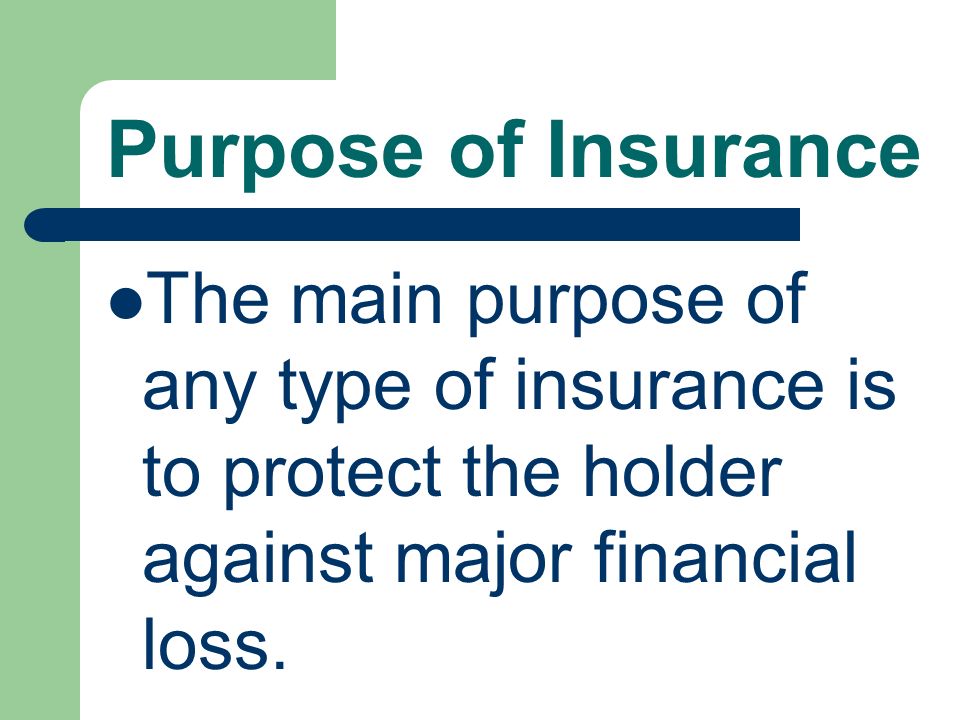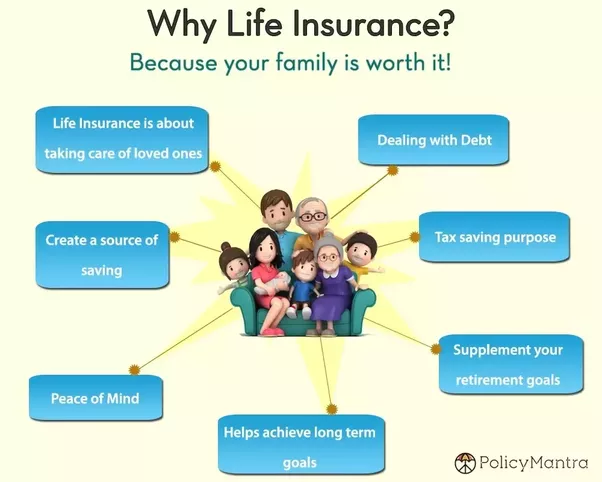The Definitive Guide to Pacific Prime
The Definitive Guide to Pacific Prime
Blog Article
Examine This Report on Pacific Prime
Table of ContentsThe Facts About Pacific Prime Revealed4 Simple Techniques For Pacific PrimeEverything about Pacific PrimeExamine This Report on Pacific Prime
In many states, the insurer is required to send you a copy of the changes to your policy. It is vital that you read Recommendations or Cyclists so you understand how your plan has actually altered and if the policy is still ample to meet your needs. To obtain a duplicate of your insurance plan, please call your insurance representative or firm.
The Institute of Medication (IOM) Committee on the Consequences of Uninsurance launches an extended exam of evidence that addresses the value of health insurance coverage with the publication of this report. Protection Matters is the initial in a series of 6 reports that will be released over the next 2 years documenting the fact and effects of having an approximated 40 million people in the USA without health and wellness insurance policy protection.

Pacific Prime Can Be Fun For Everyone
The objective of this series of studies is to refocus policy interest on a historical problem. Complying with the longest financial development in American history, in 1999, an estimated one out of every six Americans32 million adults under the age of 65 and even more than 10 million childrenremains uninsured (Mills, 2000).

10 percent of the population make up 70 percent of health care expenses, a relationship that has remained constant over the past three decades (Berk and Monheit, 2001) - global health insurance. Thus medical insurance proceeds to offer the feature of spreading risk even as it progressively finances routine treatment. From the point of view of healthcare suppliers, insurance policy lugged by their people helps secure an income stream, and neighborhoods gain from financially practical and stable healthcare specialists and institutions
Government provides medical insurance to populaces whom the exclusive market might not offer efficiently, such as handicapped and elderly persons, and populaces whose accessibility to wellness care is socially valued, such as children and expectant females. The utmost ends of health and wellness insurance coverage for the specific and neighborhoods, including workplace areas of staff members and employers, are improved wellness results and high quality of life.
The 6-Minute Rule for Pacific Prime
Employees place health and wellness insurance initially without a doubt in importance amongst all the advantages offered in the office (Salisbury, 2001). There have actually been sizable investments of individual and public funds to provide health and wellness insurance, several people still have no insurance coverage. Despite considerable reporting of survey searchings for and health and wellness treatment study results, the public stays baffled and mistaken regarding Americans without medical insurance and the ramifications of doing not have coverage.

Without inquiry, the complexity of American healthcare financing mechanisms and the riches of resources of information contribute to the general public's complication and hesitation concerning health insurance data and their analysis. This record and those that will certainly comply with aim to distill and provide in readily reasonable terms the substantial research that bears upon questions of health insurance coverage and its value.
Fifty-seven percent of Americans questioned in 1999 believed that those without medical insurance are "able to get the treatment they need from medical professionals and healthcare facilities" (Blendon et al., 1999, p. 207). In 1993, when nationwide interest was focused on the problems of the uninsured and on pending health care regulation, simply 43 percent of those questioned held this idea (Blendon et al., 1999).

They also receive less preventative services and are much less most likely to have routine look after chronic conditions such as high blood pressure and diabetes mellitus. Chronic diseases can bring about pricey and disabling problems if they are not well handled (Lurie et al., 1984; Lurie et al., 1986; Ayanian et al., 2000). One national study asked more than 3,400 adults about 15 very severe or morbid problems.
The 7-Second Trick For Pacific Prime
Added proof exists later in this phase in the discussion of insurance and access to healthcare. https://www.goodreads.com/user/show/177010401-freddy-smith. Individuals without medical insurance are young and healthy and balanced and choose to go without protection. Virtually half (43 percent) of those evaluated in 2000 believed that individuals without medical insurance are more probable to have health and wellness problems than people with insurance coverage
Citizens and policy manufacturers in emphasis team conversations identify those without insurance coverage as young individuals who have the possibility to be covered and feel they do not need it (Doorperson Novelli, 2001). Contrasted to those with at least some personal protection, the without insurance are less most likely to report being in outstanding or excellent wellness (Agency for Healthcare Research and Top Quality, this post 2001).
SOURCE: Center for Expense and Funding Studies, Company for Health Care Study and Top quality, based on MEPS data. Young grownups in between 19 and 34 are even more likely to lack medical insurance than any other age. This is mainly due to the fact that they are much less frequently eligible for employment-based insurance policy as a result of the nature of their job or their brief period in it.
The understanding that people without insurance coverage have better-than-average health and wellness complies with from puzzling the fairly young age profile of the uninsured with the much better health and wellness, on average, of younger individuals. This covers the link in between wellness standing and wellness insurance policy. For those without accessibility to workplace medical insurance, poor wellness is a possible obstacle to buying nongroup insurance coverage since such protection may be highly valued, omit pre-existing problems, or be just unavailable.
Report this page